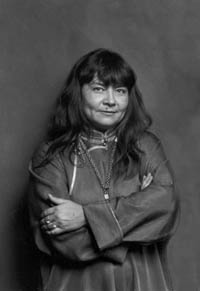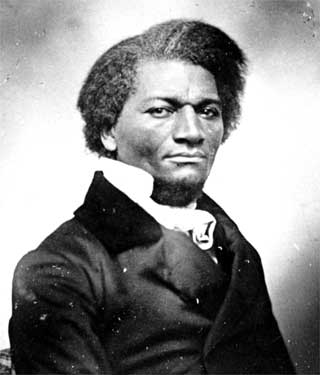Fall 2010 English 343


American Literature Survey
oral beginnings
to 1865
T/Th 12:30 - 1:45 Niccol 006
|
Fall 2010 English 343
American Literature Survey T/Th 12:30 - 1:45 Niccol 006 |
|
border Sometimes used as a replacement for the culturally insensitive term "frontier." Borders are places where cultures meet, and where trade, violence, and cultural exchange shape a variety of individual experiences. corrido A narrative ballad usually sung or spoken to music, the corrido was the most important literary genre of the southwestern border region where it was popular between the 1830s and the 1930s. Developed by Mexican and Mexican Americans, the corridos drew upon traditional Spanish ballad forms to articulate singers' experiences of cultural conflict in the borderlands. Characterized by a rapid tempo and brisk narrative pace, these ballads often focus on an "outlaw" hero who defends his rights--as well as those of other Mexicans--against the unjust authority of American officials. epic A long narrative poem celebrating the adventures and accomplishments of a hero. More generally, the term "epic" has come to be applied to any narration of national or cultural identity that has a broad, all-encompassing scope. free verse Poetry that does not adhere to conventional metrical patterns and has either irregular rhyme or no rhyme at all. Walt Whitman pioneered the use of free verse in American poetry, and his "Song of Myself" is a classic example. frontier Traditionally, the term Americans have used to describe the unexplored or contested land to the west of the eastern settlements on the Atlantic coast. Scholars have pointed out that term "blurs the facts of conquest" and does not take into account the many other peoples who were displaced--sometimes violently--to make way for U.S. expansion. homosocial/homosexual continuum The relationship between non-sexual same-sex bonding activities and sexual contact between people of the same sex. While American culture has traditionally insisted that homosexuality is distinct from non-sexual same-sex relationships, scholars and theorists argue that the division between the two is always unstable. Hudson River School A group of landscape painters originally known as simply "American" or "Native" painters, the Hudson River School acquired its present name because of its early focus on the dramatic landscape of the Hudson River Valley in New York. hwile Thomas Cole is usually considered the "father" of the Hudson River tradition, other important painters including Asher Durand, Frederic Church, Albert Bierstadt, and Martin Johnson Heade contributed to the development of this movement. Highlighting the awesome, monumental quality of the American landscape, these artists were fundamentally optimistic about westward expansion and the promise of democracy. In their quest for new and spectacular effects, the Hudson River artists journeyed far beyond the Hudson River by the mid-nineteenth century, traveling to the Rocky Mountains, California and even South America to record the expanse and grandeur of the continents. Indian Removal Act of 1830 In 1830 the United States Congress, with the support of President Andrew Jackson attempted to legislate a permanent solution to their land disputes with eastern Native American tribes by passing the Indian Removal Act. Passed by a narrow margin, the Act stipulated that the government could forcibly relocate Native Americans living within their traditional lands in eastern states to areas west of the Mississippi designated as "Indian Territory" (much of this land was in present day Oklahoma). With this stroke, the federal government sanctioned the racist view that Native Americans had no valid claims to their homelands and should be moved westward to make way for white settlers and white culture. The Indian Removal Act enabled the tragic "Trail of Tears" migration, in which a third of the population of the Cherokee Tribe died. Manifest Destiny The belief that American control of the land that stretched from the Atlantic to the Pacific was inevitable and divinely sanctioned. Because of this culturally arrogant conviction, American policy makers had few scruples about displacing Native Americans, Mexicans, and other groups inhabiting the land from the Great Plains to California. memorial A direct appeal to Congress, the courts, or another official federal body, a "memorial" was the nineteenth-century equivalent of a petition. The Cherokee tribe produced articulate and compelling memorials asking the United States Congress to allow them to stay in their traditional homelands east of the Mississippi. The Cherokee Council, which was the official leadership body of the tribe, composed its own memorial to send to Congress, while also submitting twelve other memorials written by Cherokee citizens. Despite their eloquence, the Cherokee memorials were not effective and the tribe was relocated in 1 838. |